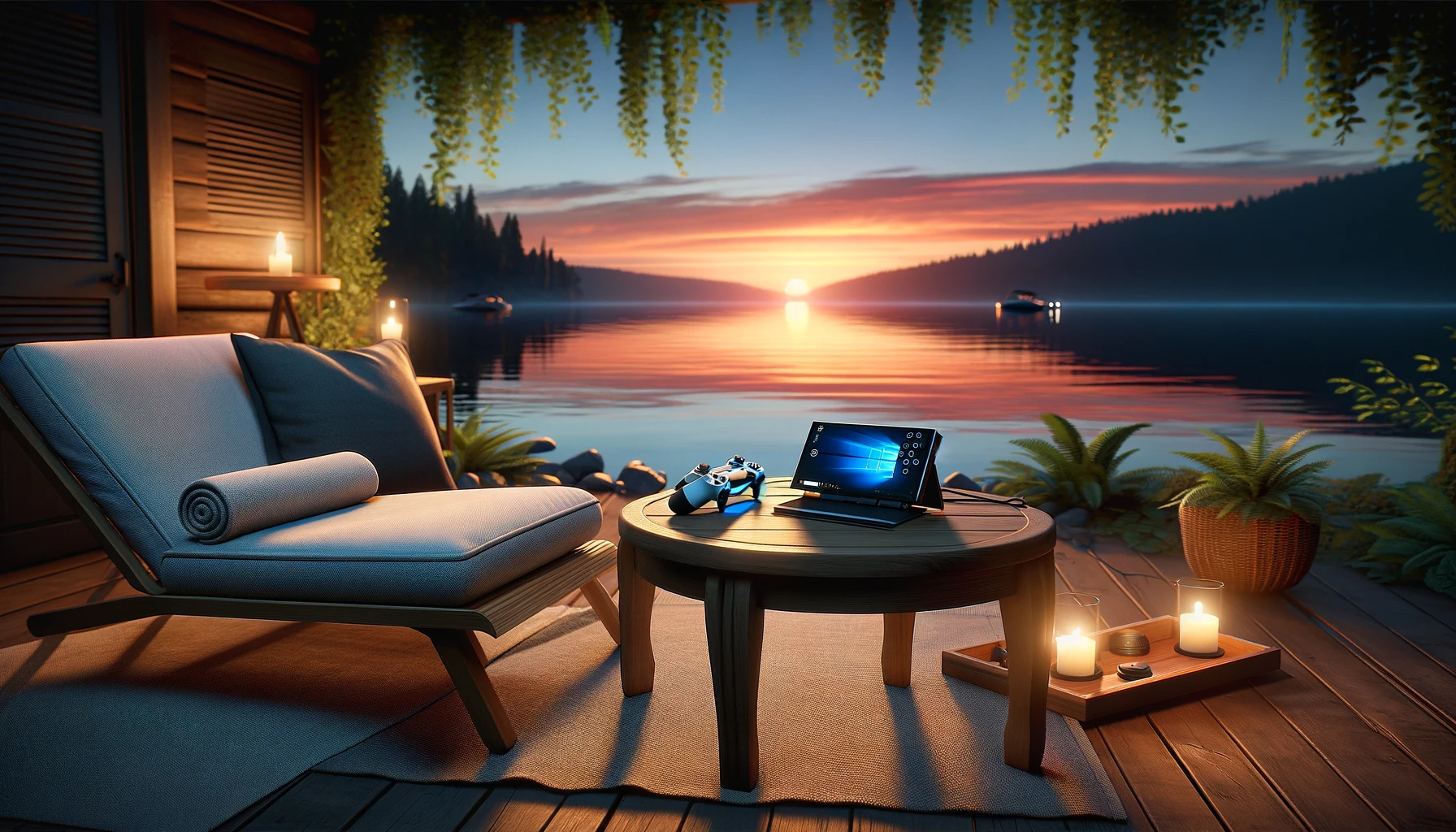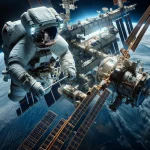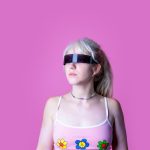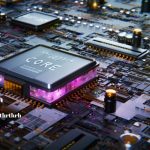The recent developments in the MultiVersus game have attracted significant attention, with notable changes to character models and gameplay dynamics. The developers at Player First Games have confirmed that character models are now larger, a change prompted by player feedback about difficulty in tracking characters during intense gameplay and viewing. This adjustment aims to enhance the clarity and visibility of characters, thus improving the overall gameplay experience.
Why Are Character Models Larger?
Initial reactions to the updated MultiVersus game highlighted a slower pace and enlarged character models. After a detailed analysis, the developers acknowledged the enlargement of character models, explaining that the previous smaller sizes made it challenging for players to follow the action effectively. This change is evident in a side-by-side comparison shared by the developers, showing characters like Shaggy better proportioned to the game’s stages, potentially impacting the gameplay of larger characters like Iron Giant.
What Does the Dynamic Camera Add?
Alongside model changes, MultiVersus introduced a more dynamic camera system. This new feature adjusts its zoom and pan depending on the number of players and the intensity of the battle, which is particularly useful in matches with multiple players. The aim is to maintain speed and responsiveness in the gameplay, ensuring that players can react swiftly and effectively during battles.
How Do Animation Updates Enhance Gameplay?
Further enhancements include the introduction of unique animations that indicate the state of both the player’s character and their opponents. These animations are designed not only to assist players in tactically understanding the game but also to enrich the visceral feeling of combat. This update, combined with improvements to the game’s netcode, promises a more consistent and reliable gaming experience, facilitating better performance even in long-distance multiplayer scenarios.
The game’s evolution is reflective of a broader trend within the gaming industry, where developers continuously refine gameplay based on user feedback and technical possibilities. Similar developments have been observed in other games, where adjustments to character visibility and gameplay mechanics have significantly impacted player engagement and satisfaction.
For instance, articles from IGN titled “Balancing Act: Game Developers Discuss Character Design” and Kotaku’s “The Fine Line of Game Character Adjustments” both discuss how subtle changes in character design and gameplay mechanics can pivot the player’s experience and game’s reception. These articles underline the delicate balance developers must maintain to keep games engaging yet fair, demonstrating a shared challenge across various gaming platforms.
A scientific paper published in the Journal of Game Development titled “Impact of Visual Adjustments in Multiplayer Games” further supports these observations. It discusses how visual modifications, similar to those in MultiVersus, can significantly affect player performance and perception. The study highlights crucial sentences noting the importance of visual clarity in fast-paced games, which parallels the changes MultiVersus is implementing.
Key Inferences from the MultiVersus Updates
- Larger character models improve player tracking.
- Dynamic camera aids in managing multi-player chaos.
- New animations enhance tactical gameplay understanding.
Exploring MultiVersus’ latest updates offers an insightful glimpse into how modern games are adapting to user needs and technological advances. The increase in character model size addresses community feedback about gameplay clarity, while the dynamic camera and updated animations enhance the overall engagement and strategic depth of the game. These changes not only aim to refine the visual and technical aspects of the game but also strive to create a more immersive and fair playing field for all participants. It’s a compelling blend of responsive design and innovative application of technology that promises to redefine player experiences in platform fighting games.










